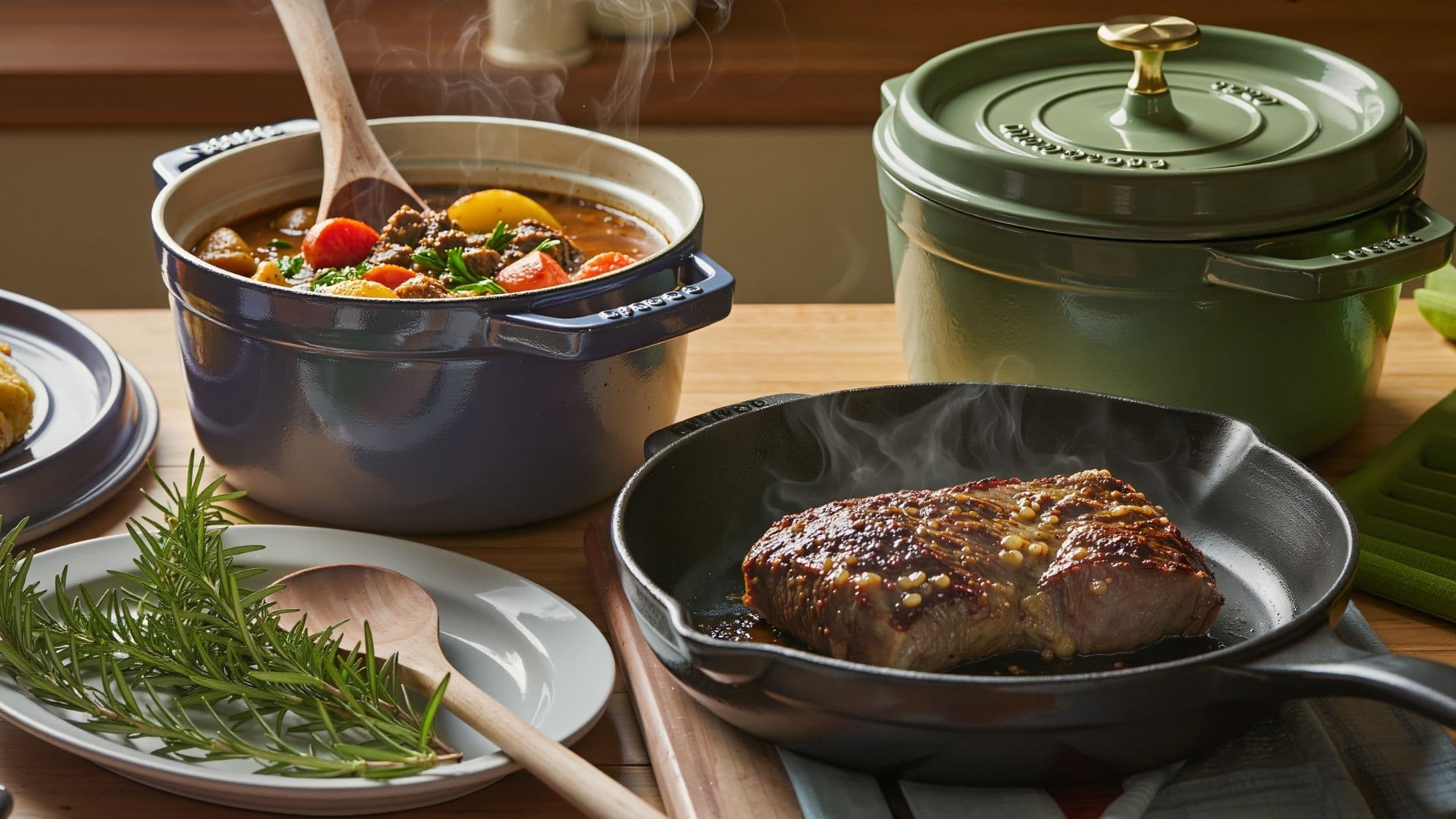The Science Behind Temperature and Texture
The way heat interacts with food determines everything from flavour to tenderness. Low and slow cooking allows connective tissues and collagen to break down gradually, creating melt-in-the-mouth textures — perfect for stews, brisket or pulled pork. High heat, on the other hand, triggers the Maillard reaction, giving you that golden, caramelised crust that locks in flavour.
When to Choose Low & Slow
Think of slow cookers, ovens set to low temperatures, or sous vide setups. These techniques shine for tougher cuts of meat, legumes, or dishes where moisture retention is key. The result? Deep, rich flavours and tender results that improve over time.
When High Heat Works Best
Searing steaks, flash-frying vegetables, or roasting potatoes demand intense heat. High-temperature cooking quickly develops texture and browning, ideal when you want crisp outsides and juicy interiors. The key is to monitor timing closely — seconds can make the difference between perfect and burnt.
Combining Both for the Best Results
Many professional chefs blend both approaches. Start high and fast to sear, then low and slow to finish cooking evenly without drying out. This hybrid method delivers complex flavour and ensures tenderness, whether you’re making a roast chicken or oven-finished steak.
Tools and Temperatures to Try
Cast-iron or stainless pans for consistent high heat
Slow cookers, Dutch ovens, or sous vide for gentle heat
Searing range: 200°C–250°C
Slow cooking range: 80°C–120°C
Final Thoughts
Understanding when to turn up the heat — and when to hold back — is one of the most valuable skills a home cook can learn. Master both, and every meal you make will taste like it came from a professional kitchen.
